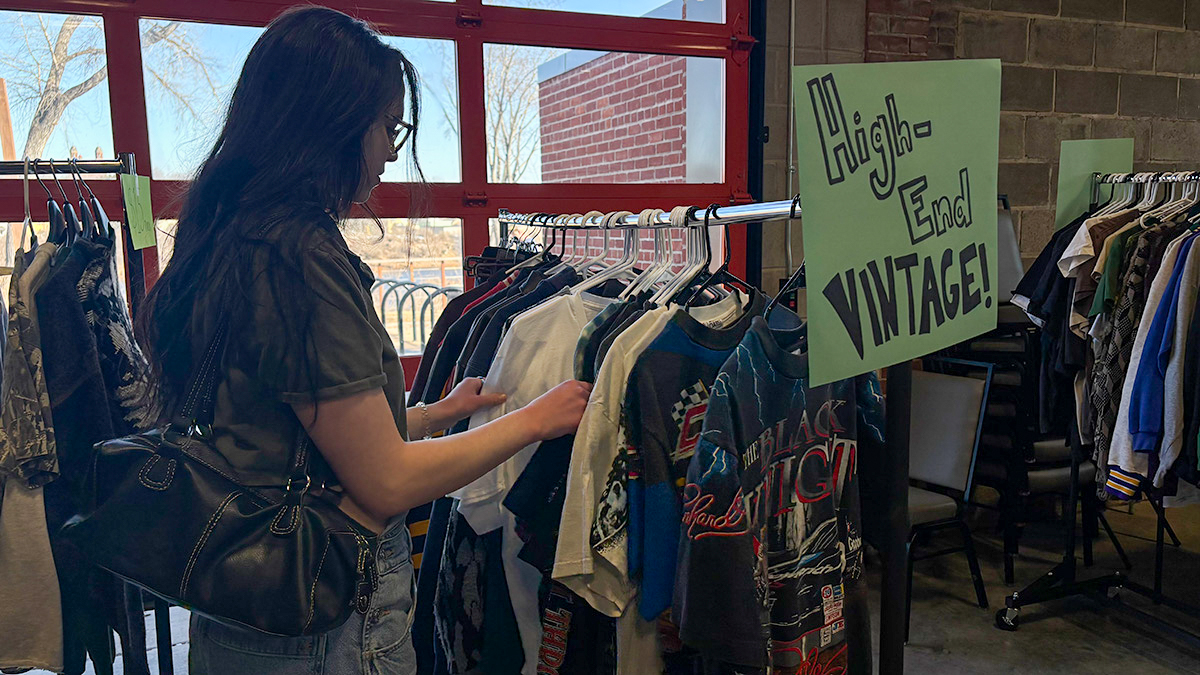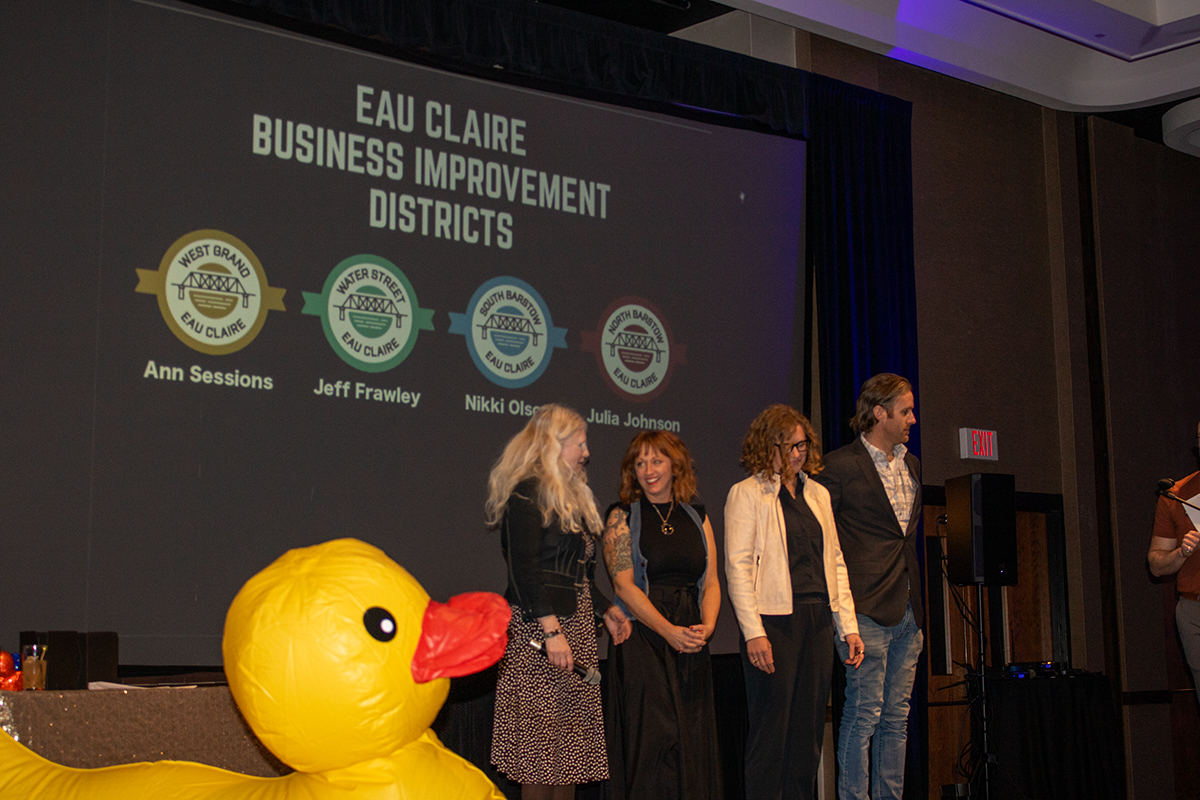When it comes to getting dressed each day, the matter of fashion ethics probably doesn’t cross our minds. But should fashion ethics — i.e. working conditions for those who make the clothes, sustainability, the use of fur and leather — be on our minds all the time?
Labor, when it comes to the fashion industry, is big. While we all know the story of outsourcing, what do we know about the working conditions for laborers who make garments?
The Not For Sale campaign focuses on ending human trafficking around the world and released an “Apparel Industry Trends: From Farm to Factory,” a report that ranks apparel companies on their efforts to end child and forced labor.
The “Apparel Industry Trends” report evaluates the worker rights associated with these companies, which is based on whether or not workers make a living wage among other things. Companies like Forever 21 and Lacoste received an “F” from the report under the worker rights category. The full report is available at free2work.org.trends/apparel.
Another aspect of fashion ethics that is on the minds of many people is the sustainability and eco-friendliness of clothing. Sustainable fashion is created with the potential environmental and social impact taken into consideration.
Greenpeace launched the Detox Fashion Manifesto to help stop the use of hazardous chemicals in the production of clothing. It points out eleven specific chemicals that should be eliminated from clothing production, including chlorinated solvents that can be ozone-depleting, and Azo dyes, which break down and may cause cancer.
And speaking of dyes, according to treehugger.com’s article “25 Shocking Fashion Industry Statistics,” “A single mill in China can use 200 tons of water for each ton of fabric it dyes; many rivers run with the colors of the season as the untreated toxic dyes wash off from mills.”
Just think about the long term impact that has on the environment.
Another major part of sustainable fashion revolves around the use of sustainable materials. Sustainable fabrics include organic cotton, which doesn’t use the high amount of insecticides used in growing non-organic cotton.
The use of organic cotton has grown, according to treehugger.com “The world market for textiles made from organically grown cotton was worth over $5 billion in 2010.” But sustainable materials don’t just stop at organic cotton, but includes wool, which is totally renewable.
It’s important to note there are companies that do strive to be sustainable. Patagonia, the outdoor apparel company, is involved in environmental initiatives and offers a map of where their products come from.
A more fashion-y brand, Stella McCartney, has sustainability as a forefront of their company statement: “We are responsible for the resources that we use and the impact that we have. We are always exploring new and innovative ways to become more sustainable.”
When it comes to wanting to be ethically conscious and purchase clothing that is ethical, your best bet is to buy small. Etsy is a great place to look for unique clothing that is created by artists.
This way you know your clothing didn’t come from a sweatshop. Another easy way to be fashionably ethical is to take a “make do and mend” approach and fix up old clothes and possibly make them into something new. That way they’ll stay out of landfills.







